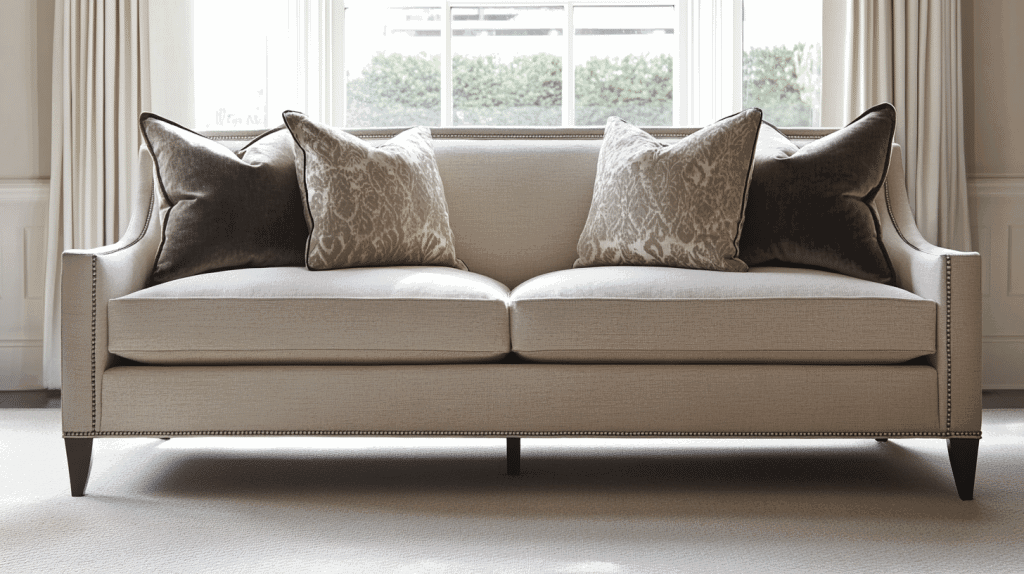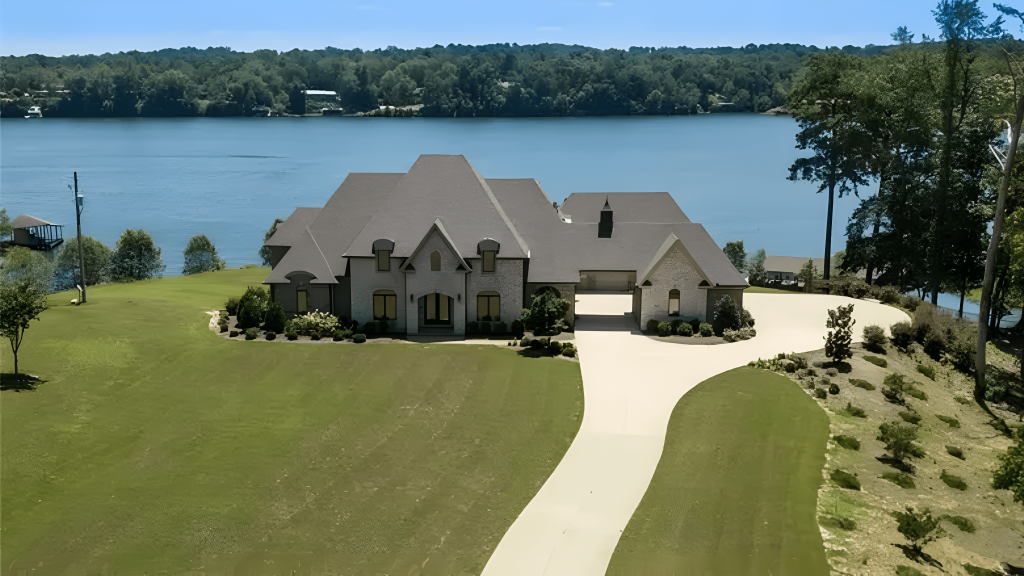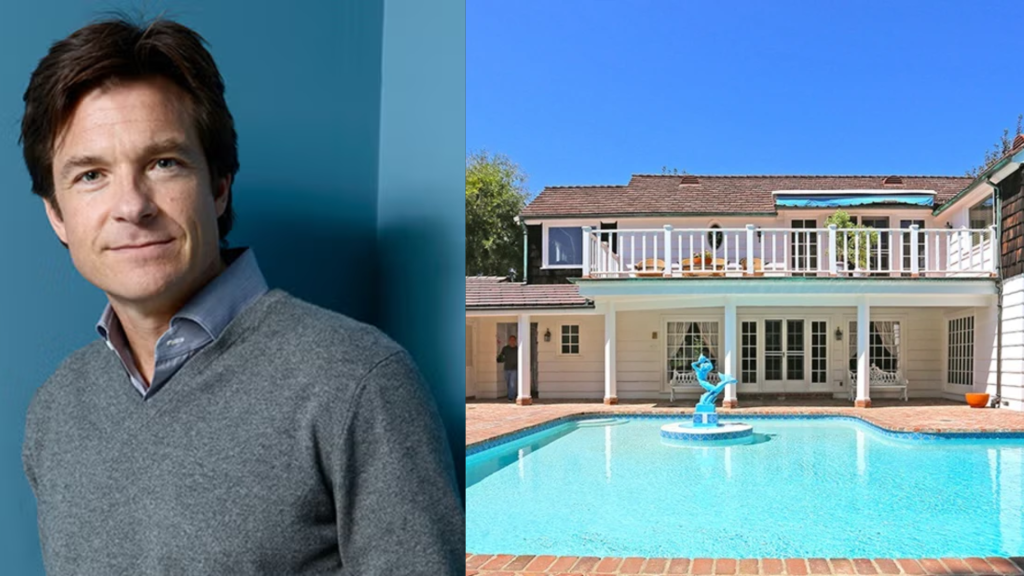Choosing the right sofa can be one of the most important decisions when designing your living space. The perfect sofa combines style, comfort, durability, and practicality, but it also needs to fit seamlessly into your room’s layout and your lifestyle. Here’s a guide to help you choose the perfect sofa for your space.
1. Determine Your Room’s Space and Layout
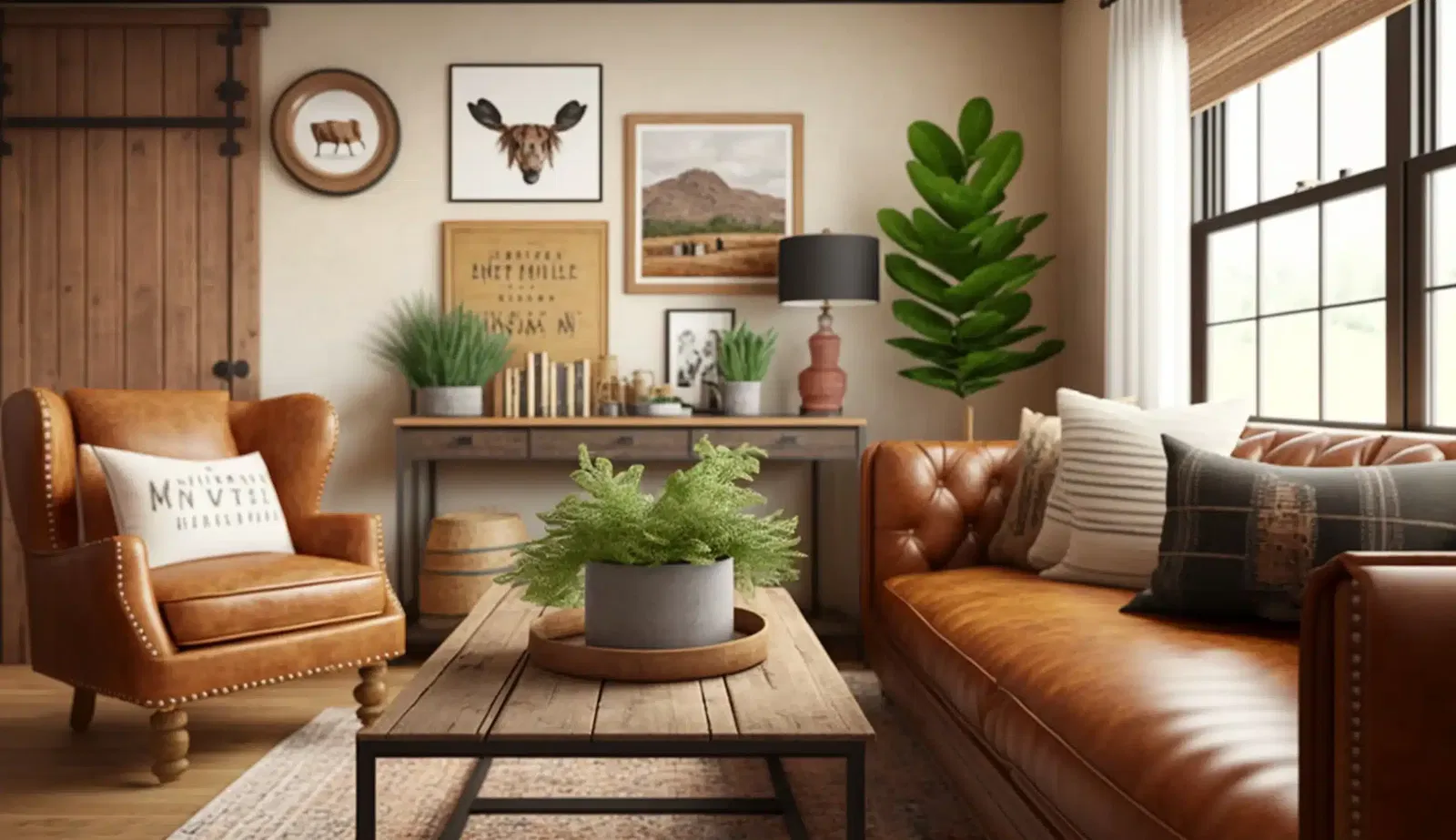
The first step to finding the right Sofas is to assess the size and shape of your room. Consider both the area of the room and the arrangement of other furniture pieces.
Measuring the Space
Measure the length, width, and height of the space where you intend to place the sofa. It’s helpful to mark these dimensions on the floor with painter’s tape or newspaper to visualize the footprint. Ensure that there’s ample space for foot traffic and other furniture, like coffee tables or side tables.
Understanding Room Flow
Consider the room’s layout and how a sofa might affect movement. If the room has multiple entry points or specific focal points (like a fireplace or TV), make sure the sofa placement allows for easy navigation. Sectional sofas, for example, can be a good choice for larger rooms but may not work well in narrow spaces.
2. Decide on Sofa Style and Shape
The style and shape of a sofa play a significant role in defining your room’s look and functionality. Choose one that complements your décor and meets your seating needs.
Popular Sofa Styles
- Traditional Sofa: Classic and versatile, traditional sofas often feature rounded arms and tufted upholstery, perfect for a formal or cozy room style.
- Sectional Sofa: Ideal for larger rooms or open-concept spaces, sectional sofas provide ample seating and can be arranged in L-shape or U-shape configurations.
- Loveseat: A loveseat is a compact option that seats two and works well in small spaces, guest rooms, or as additional seating in larger rooms.
- Sofa Bed: If you frequently host guests, a sofa bed provides a sleeping area without taking up extra space.
Matching with Room Aesthetics
Consider your room’s color scheme and design elements when choosing a sofa style. Mid-century modern sofas with clean lines and wooden legs can complement a minimalist room, while plush, deep-cushioned sofas may be better for a cozy, traditional space.
3. Consider Comfort and Functionality
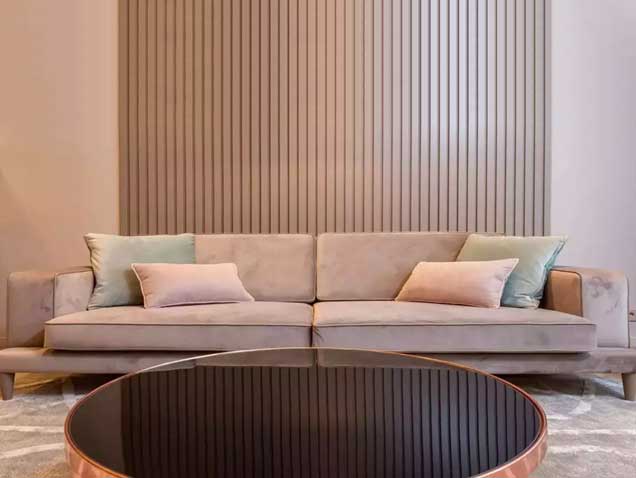
Comfort should be a top priority, especially if the sofa will be used daily. Evaluate the cushioning, support, and depth of the sofa to ensure it meets your comfort requirements.
Seat Depth and Cushioning
The ideal seat depth depends on your height and preferred sitting posture. Sofas with deeper seats provide more lounging comfort, while shallower seats may be more suitable for upright sitting. Check the type of cushioning as well; foam cushions offer firmness, while down-filled cushions provide a softer feel.
Armrests and Backrest Support
Sofas with low armrests can have a modern look, while high, cushioned armrests offer added comfort. If you like to lean back or lay down on the sofa, consider a sofa with a high, supportive backrest.
Choosing Fabric for Function
Your lifestyle should determine your choice of fabric. For example:
- Leather is durable, easy to clean, and ages beautifully, but it may not be ideal for homes with pets due to scratches.
- Microfiber is stain-resistant and a good option for families with young children.
- Cotton and Linen offer a soft and comfortable feel but may require regular cleaning to prevent stains.
4. Choose the Right Color and Material
The sofa’s color and material will influence the room’s aesthetics and durability. Aim for a balance between practicality and style.
Selecting a Color
Choose a color that complements the room’s existing color palette. Neutral tones, such as gray, beige, or navy, are versatile and can work in various décor styles. Bright or bold colors make a statement but can be harder to match if you decide to redecorate.
Assessing Material Durability
Consider your lifestyle when choosing a fabric. High-quality fabrics, like leather or performance fabrics, are durable and withstand regular use. If you have pets or children, look for materials that are easy to clean and resistant to wear, such as microfiber or performance blends.
5. Consider the Frame and Build Quality
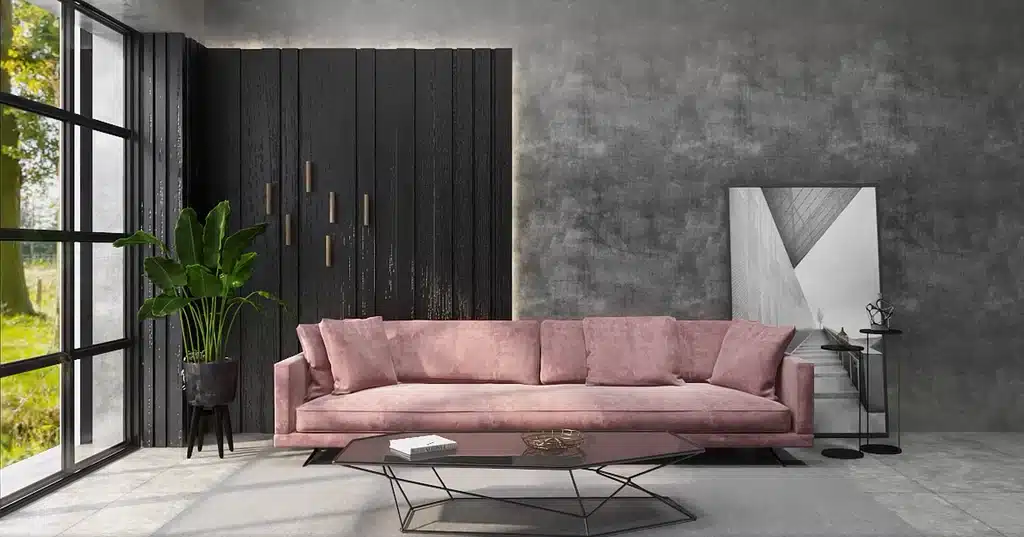
The frame and construction of the sofa determine its longevity and sturdiness. Investing in a well-built sofa can save you money in the long run, as it won’t need frequent replacement.
Frame Material
Look for a sofa with a solid hardwood frame, as it is durable and long-lasting. Avoid particleboard or plastic frames, as these may not withstand heavy use. Quality sofas also have sturdy legs, ideally integrated into the frame rather than screwed on.
Suspension System
The type of suspension used in the seat affects comfort and durability. Look for sinuous springs or eight-way hand-tied springs, as they provide strong support and retain their shape over time. Webbing suspension is generally less durable and may sag with extended use.
6. Evaluate Your Budget and Compare Options
Once you know what you’re looking for, set a budget that matches your expectations. Sofas are available at a wide range of price points, so compare quality, style, and comfort to find the best value.
Setting a Budget
High-quality sofas can be an investment, so think about your long-term needs. A durable sofa might have a higher upfront cost but will save you in the long term by requiring less maintenance and lasting longer.
Shopping Tips
Shop around and test out different sofas to compare comfort and materials. Many furniture stores allow you to sit and feel the fabric, giving you a better sense of its quality. Online reviews can also offer insights into the sofa’s durability and comfort.
Choose the Perfect Sofa
Choosing the perfect sofa is a blend of style, comfort, practicality, and budget considerations. By assessing your space, deciding on a style, and considering comfort and durability, you’ll be able to find a sofa that enhances your room and provides a cozy place to relax.


